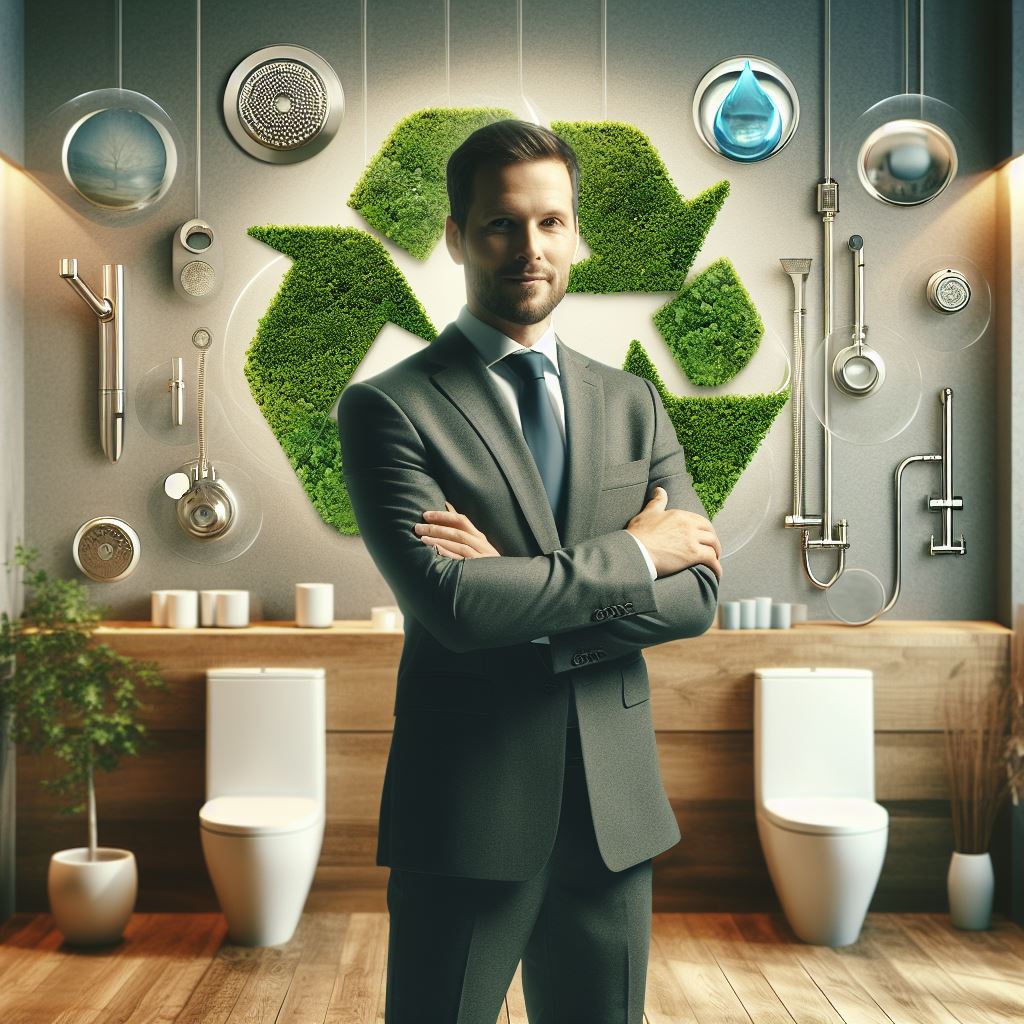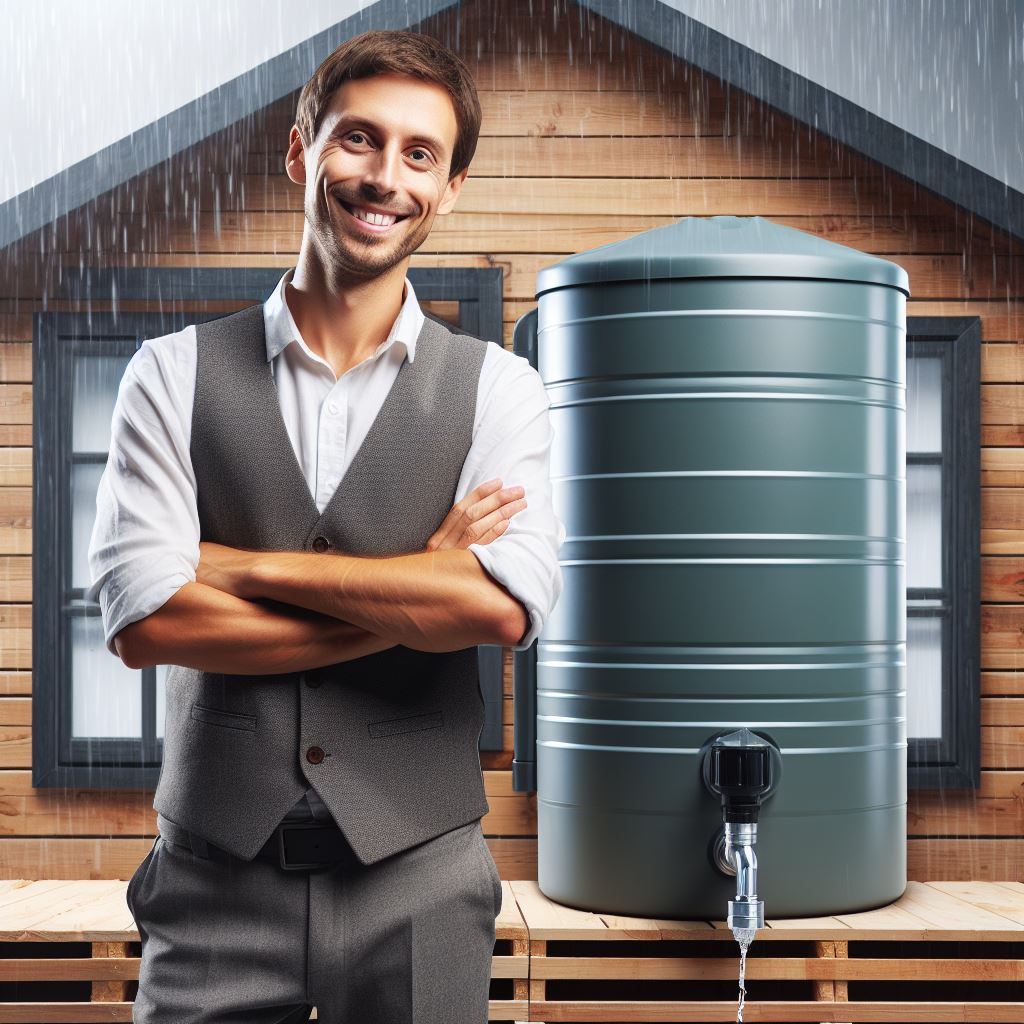Introduction
In today’s eco-conscious world, water saving fixtures for eco bathrooms is paramount.
Wasteful habits strain our resources. Enter water-saving fixtures, a revolutionary concept reshaping our approach to daily rituals.
This section delves into cutting-edge fixtures, a vital step towards sustainable living.
A. Importance of Water Conservation
- Vital for global sustainability.
- Reduces strain on water resources.
- Preserves ecosystems and biodiversity.
B. Introduction to Water-Saving Fixtures
- Innovative solutions for eco-friendly bathrooms.
- Minimize water wastage without compromising functionality.
- Transform daily routines into environmentally responsible habits.
C. Thesis Statement
- Exploring top eco-friendly fixtures for water-efficient bathrooms.
- A crucial stride in the journey towards a greener, more sustainable future.
- Balancing comfort and conservation, these fixtures redefine the modern bathroom.
Low-flow Toilets
A. Traditional toilets’ water usage
A traditional toilet uses a large amount of water with every flush, wasting a precious resource.
Low-flow toilets, on the other hand, are designed to use significantly less water while still maintaining performance.
Comparing the two, low-flow toilets offer numerous benefits such as water savings, improved performance, and cost-effectiveness.
B. Low-flow toilets and their benefits
When it comes to water savings, low-flow toilets help conserve water by using less than 1.6 gallons per flush, compared to the 3 to 7 gallons used by traditional toilets.
This substantial reduction in water usage not only helps to protect the environment but also translates into significant cost savings.
C. Comparison between low-flow and traditional toilets (water savings, performance, cost)
Aside from saving water, low-flow toilets have made significant advancements in performance.
Manufacturers have developed new technologies such as dual-flush systems that offer different flushing options depending on the waste type.
With these innovations, low-flow toilets are now as effective as traditional toilets, effectively eliminating any concerns about their functionality.
Moreover, low-flow toilets are available in a wide variety of styles and models, making it easy to find one that matches your bathroom decor.
D. Tips for selecting the right low-flow toilet
When selecting a low-flow toilet, some important factors to consider are the size of the toilet, the shape of the bowl, and its flushing mechanism.
To ensure maximum water efficiency, opt for a toilet with a flush rating of 1.28 gallons per flush, which exceeds the federal standard of 1.6 gallons per flush.
Additionally, consider a toilet with a fully glazed trapway, which prevents clogging and ensures a powerful flush without using excessive water.
Transform Your Real Estate Decisions
Unlock personalized real estate insights crafted just for you. Get actionable advice designed to amplify your success.
Get StartedInvesting in a low-flow toilet not only benefits the environment but also pays off in the long run through reduced water bills.
With their improved performance and wide variety of options, it’s clear that low-flow toilets are the ideal choice for an eco-friendly bathroom.
By making this simple switch, you can contribute to water conservation efforts and create a more sustainable future for generations to come.
Read: Eco-Friendly Paints: A Guide for Homeowners
Water-Saving Showerheads
A. Standard showerheads’ water consumption
Standard showerheads typically consume a significant amount of water, ranging from 2.5 to 5 gallons per minute.
B. Water-saving showerheads and their advantages
Water-saving showerheads are designed to reduce water consumption without compromising the shower experience.
They offer numerous advantages such as saving water, energy, and money.
C. Comparison between water-saving and traditional showerheads (water efficiency, pressure)
Water-saving showerheads have high water efficiency, using around 1.5 gallons per minute, which is significantly less than standard showerheads.
Despite the lower water consumption, they still provide a satisfying water pressure and an enjoyable showering experience.
D. Factors to consider when choosing a water-saving showerhead
When selecting a water-saving showerhead, consider the following factors:
- Water Efficiency: Look for showerheads with the lowest Gallons Per Minute (GPM) rating to maximize water savings.
- Water Pressure: Choose a showerhead that can maintain sufficient water pressure for a comfortable shower.
- Flow Rate Control: Opt for showerheads with adjustable flow settings to suit personal preferences.
- Quality and Durability: Select showerheads made from high-quality materials to ensure longevity.
- Reviews and Ratings: Read customer reviews and ratings to gauge performance and user satisfaction.
Incorporating water-saving showerheads in eco-friendly bathrooms is a simple yet effective step towards a sustainable future.
By choosing these fixtures, individuals can contribute to water conservation efforts and reduce their environmental impact while enjoying the benefits of modern technology.
So, let’s make the switch to water-saving showerheads and make a positive change for our planet and future generations!
Read: Top 10 Eco-Friendly Insulation Options for Homes
Showcase Your Real Estate Business
Publish your company profile on our blog for just $200. Gain instant exposure and connect with a dedicated audience of real estate professionals and enthusiasts.
Publish Your ProfileHigh-Efficiency Faucets
A. Typical Faucet Water Usage
In traditional bathroom faucets, a significant amount of water is wasted with every use.
On average, these faucets consume around 2.2 gallons of water per minute, making them inefficient and environmentally unfriendly.
B. High-Efficiency Faucets and Their Features
High-efficiency faucets, on the other hand, are designed to reduce water consumption without compromising functionality.
These faucets utilize advanced technology to deliver a satisfying flow of water while conserving this precious resource.
C. Notable features of high-efficiency faucets include
- Aerators: High-efficiency faucets come equipped with aerators that mix air with the water stream, reducing the amount of water used without diminishing the user’s experience.
- Sensor Technology: Many high-efficiency faucets incorporate sensors that detect the presence of hands or objects, allowing for touchless operation.
This not only saves water but also promotes better hygiene by eliminating the need to touch the faucet. - Flow Control: These faucets often feature mechanisms that control the flow rate, giving users the ability to adjust the water pressure according to their preference.
D. Comparison between High-Efficiency and Regular Faucets
When it comes to water consumption, functionality, and cost, high-efficiency faucets outperform regular faucets in several ways.
- Water Consumption: Regular faucets, as mentioned earlier, consume around 2.2 gallons of water per minute, while high-efficiency faucets use approximately 1 gallon or even less. This means significant water savings over time.
- Functionality: High-efficiency faucets offer a wide range of functionalities, including adjustable flow rates, temperature control, and touchless operation. Regular faucets, on the other hand, lack these advanced features.
- Cost: Although high-efficiency faucets may have a slightly higher initial cost compared to regular faucets, their long-term benefits outweigh the price difference.
With reduced water consumption, homeowners can expect to see significant savings on their water bills.
E. Considerations for Selecting a High-Efficiency Faucet
When choosing a high-efficiency faucet for your eco bathroom, there are a few key factors to consider:
- WaterSense Certification: Look for faucets with the WaterSense label, as it indicates that they meet the EPA’s criteria for water efficiency and performance.
- Installation Compatibility: Ensure that the faucet you select is compatible with your existing plumbing or consider hiring a professional plumber for installation.
- Style and Design: High-efficiency faucets come in various styles and finishes, so choose one that complements your bathroom’s aesthetic while still offering the desired water-saving qualities.
In essence, high-efficiency faucets are an excellent addition to eco-friendly bathrooms.
With their innovative features, reduced water consumption, and long-term cost savings, they provide an effective solution for conserving water without sacrificing functionality.
By selecting a high-efficiency faucet, you contribute to a more sustainable future and make a positive impact on the environment.
Read: Creative DIY Shelving Ideas for Every Room

Smart Toilets
A. Overview of smart technology in bathrooms
Smart technology has revolutionized bathrooms, offering innovative solutions for convenience, efficiency, and sustainability.
B. Smart toilets and their water-saving capabilities
Smart toilets are advanced bathroom fixtures that integrate cutting-edge technology to provide enhanced functionality and water-saving features.
C. Comparison between smart toilets and standard toilets (water usage, additional features)
- Water Usage: Smart toilets are designed to minimize water consumption by using sensors to determine the appropriate amount of water required for each flush, resulting in significant water savings.
- Additional Features: Smart toilets offer various features such as bidet functionality, heated seats, self-cleaning functions, odor control, and adjustable water temperature, enhancing user comfort and convenience.
Standard toilets, on the other hand, have traditional flushing mechanisms without any smart features or water-saving capabilities.
D. Factors to evaluate before investing in a smart toilet
- Water Efficiency: Consider the toilet’s water-saving capabilities and its ability to adjust flush volumes based on usage.
- Energy Consumption: Determine if the smart toilet requires electricity and assess its energy efficiency to minimize power usage.
- Functionality and Features: Evaluate the various features available, such as bidet functions, self-cleaning options, and customizable settings to ensure they meet your preferences and needs.
- Cost: Compare the cost of different smart toilet models, considering both the initial investment and potential long-term savings in water and energy bills.
- Maintenance and Durability: Research the durability of the smart toilet and consider the ease of maintenance, including availability of replacement parts and customer support.
Investing in a smart toilet can significantly enhance your bathroom experience while also contributing to water conservation efforts.
Read: DIY Home Security Upgrades for Safety
Greywater Systems
A. The Concept of Greywater
Greywater refers to the wastewater generated from activities like showering, bathing, and washing hands.
B. Introduction to Greywater Systems and Their Benefits
Greywater systems capture and treat the water from non-toilet fixtures, making it suitable for reuse in other non-potable applications.
These systems offer several benefits.
- Water Conservation: Greywater systems help reduce water consumption by reusing water that would typically go down the drain.
- Lower Water Bills: By reusing greywater, homeowners can significantly reduce their water bills.
- Environmental Impact: Greywater systems contribute to a more sustainable water management system, reducing the strain on freshwater resources.
- Drought Resilience: Using greywater in gardens and for flushing toilets can help combat water scarcity during drought periods.
- Independence from Municipal Water Supply: Greywater systems provide an alternative water source, reducing dependence on the municipal water supply.
C. Comparison between Greywater Systems and Conventional Wastewater Management
Greywater systems differ from conventional wastewater management in several ways.
- Treatment Level: Greywater systems focus on treating water from non-toilet fixtures, whereas conventional systems treat all wastewater, including toilet waste.
- Complexity: Greywater systems are generally simpler, requiring less infrastructure and maintenance compared to conventional wastewater treatment plants.
- Cost: Greywater systems are often less expensive to install and operate than conventional wastewater management systems.
- Regulatory Requirements: Greywater systems may have different regulatory requirements compared to conventional wastewater treatment due to their focus on non-potable water reuse.
D. Important Considerations when Installing a Greywater System
To ensure the successful installation and operation of a greywater system, the following considerations are crucial.
- Local Regulations: Understand and comply with local regulations regarding greywater systems and water reuse.
- System Design: Properly design the system based on factors such as water source, treatment level, and intended reuse applications.
- Maintenance: Regularly maintain and inspect the greywater system to ensure its efficiency and longevity.
- Safety Measures: Implement safety measures to avoid contamination and ensure that the greywater system does not negatively affect human health or the environment.
- Irrigation Methods: Select appropriate irrigation methods to efficiently use the treated greywater in gardens or landscapes.
- Educational Awareness: Promote education and awareness among users to ensure proper handling and understanding of greywater usage.
All in all, greywater systems offer a sustainable solution for water conservation and management.
By reusing water from non-toilet fixtures, homeowners can reduce their water bills, lower their environmental impact, and increase their independence from municipal water supplies.
Understanding the concept of greywater, its benefits, and important considerations for installation is crucial for successfully implementing these systems.
Conclusion
As we close the faucet on our exploration of water-saving fixtures for eco-friendly bathrooms, it’s crucial to reflect on the profound significance of water conservation.
The world is grappling with escalating water scarcity, and the bathroom, being a significant consumer of this precious resource, plays a pivotal role in our collective efforts to address this issue.
Conserving water in our daily routines is not just a responsible choice; it’s a necessity for the sustenance of our planet.
Throughout this journey, we’ve delved into innovative water-saving fixtures that seamlessly integrate sustainability with modern design.
Low-flow toilets, aerated faucets, and smart showerheads have emerged as champions in the battle against unnecessary water wastage.
These fixtures not only reduce water consumption but also promise efficiency without compromising on user experience.
From dual-flush mechanisms to motion-sensor faucets, we’ve explored a spectrum of options catering to diverse preferences and needs.
Showcase Your Real Estate Business
Publish your company profile on our blog for just $200. Gain instant exposure and connect with a dedicated audience of real estate professionals and enthusiasts.
Publish Your ProfileEvery drop saved counts, and by incorporating water-saving fixtures into our bathrooms, we become active participants in the global fight for water conservation.
The power lies in the choices we make daily. By opting for eco-friendly fixtures, we not only reduce our water footprint but also set an example for others to follow.




